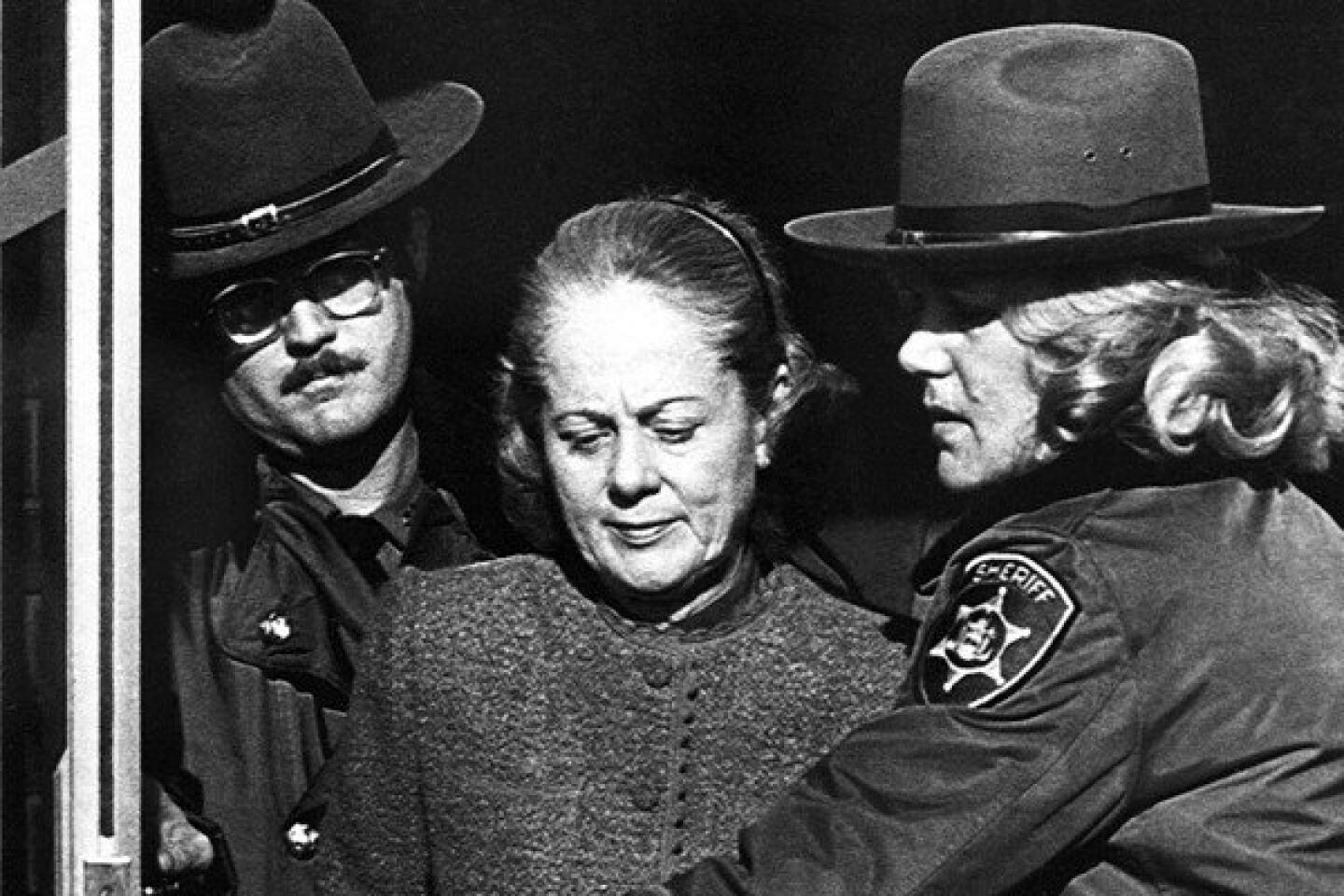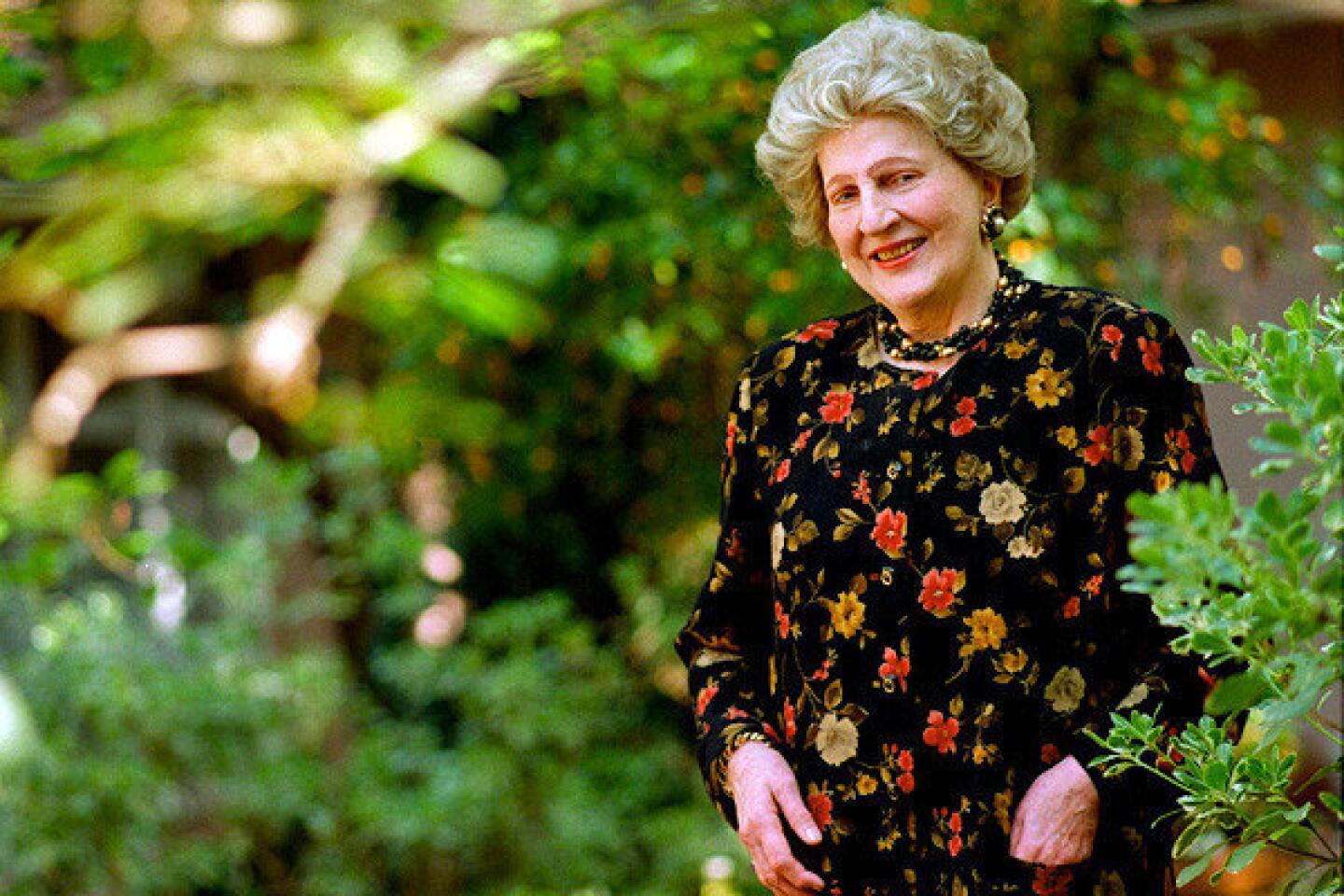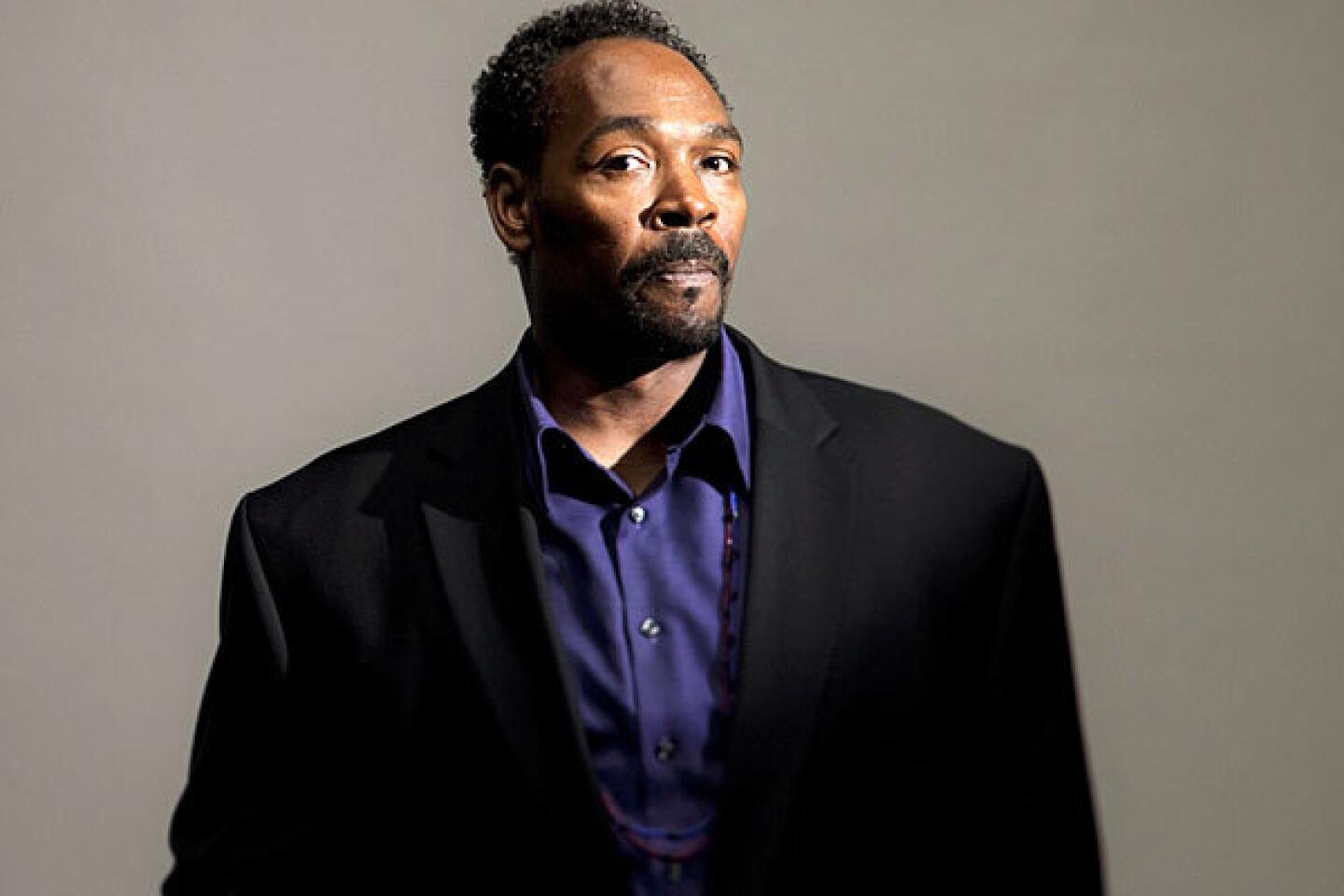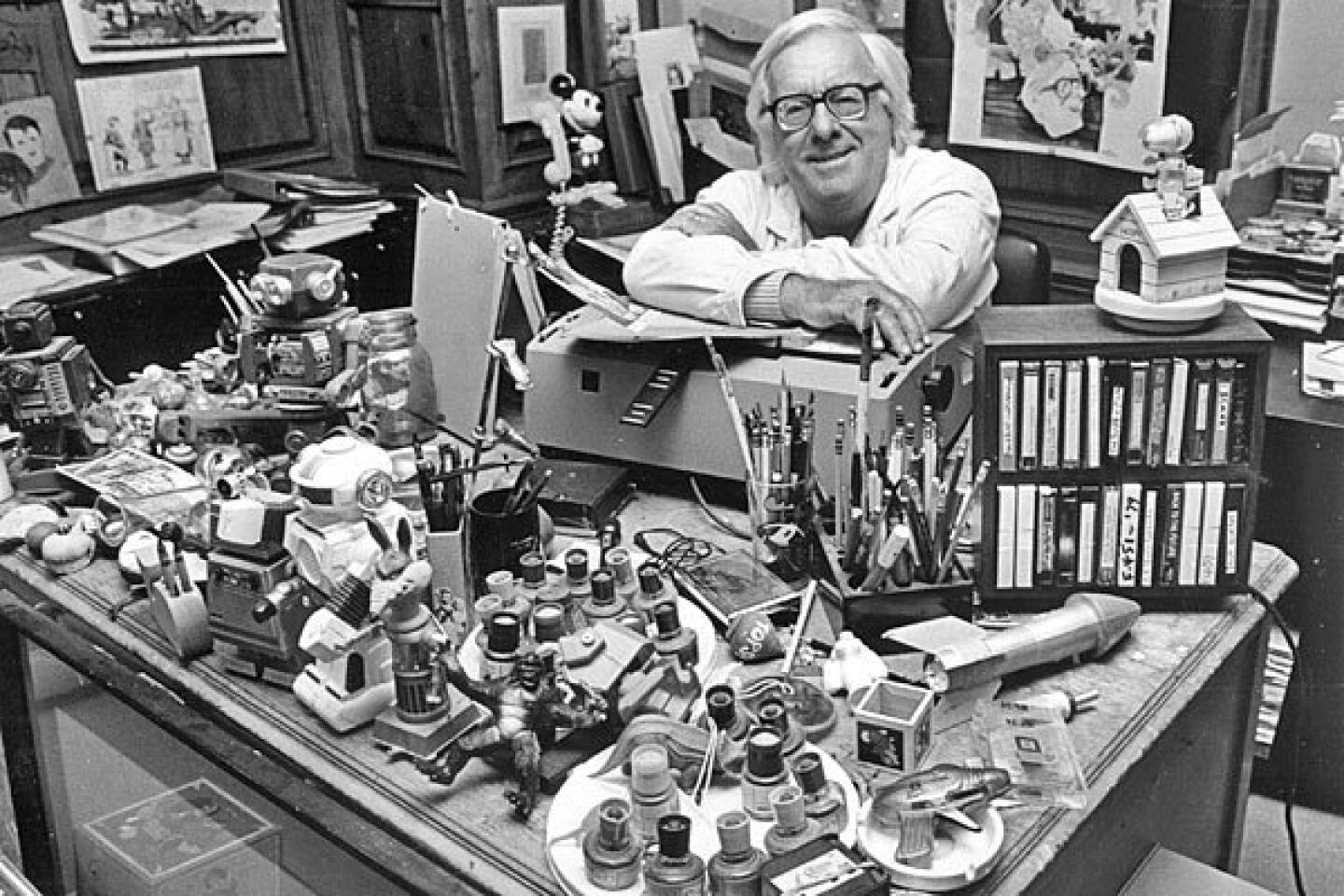George A. Miller dies at 92; pioneer of cognitive psychology
- Share via
George A. Miller, an iconoclastic psychologist who played a crucial role in shifting his field from the study of behaviors to the direct examination of thought processes, died July 22 at his home in Plainsboro, N.J. He was 92 and died of complications of pneumonia and dementia.
And if you need to look up “iconoclastic,” you may find that the definition comes from WordNet, a massive online reference that Miller started in hopes of allowing computers to understand human language.
When Miller began his research in the early 1950s, psychologists believed that human thought processes could not be studied directly. Rather, they focused on behaviors and responses to stimuli, working primarily with animals. Miller disagreed.
“George believed that the human mind in all its aspects was interesting and worth studying,” said Christiane Fellbaum, a computer scientist who worked closely with him at Princeton University. “Believe it or not, that was revolutionary at the time.”
Miller, Jerome Bruner and Noam Chomsky were the leaders of the “cognitive revolution” that replaced behaviorism as the leading psychological approach to understanding the mind.
Although he published several books and many papers, Miller is probably best known for his 1956 paper, “The Magical Number Seven, Plus or Minus Two,” published in the journal Psychological Review. That paper has come to be one of the most frequently quoted works in the field — and, as Miller often said, one of the most frequently misquoted.
In a series of studies, he found that most people could retain, on average, only about seven “chunks” of information — words, numbers, names, etc. — in short-term memory at one time. Given a list of numbers or things, most people’s memories petered out “somewhere in the neighborhood of seven,” he wrote.
The actual numbers were about seven for numbers, six for letters and five for words. Also, the amount that could be retained was a function of whether words, for example, were known to the listener. Fewer foreign words could thus be retained.
The rules are different for long-term memory, however, where storage capacity seems to be largely unlimited.
Although Miller could find no physical basis for the limitation, he speculated that evolution favored humans who could remember “a little information about a lot of things” rather than “a lot of information about a small segment of the environment.”
Miller had a long interest in language. His 1951 book, “Language and Communication,” helped establish the field of psycholinguistics, which attempts to link the processes by which languages are acquired and used in cognitive processes.
Beginning in 1980, he helped in the creation of WordNet, a database of the English language that has been described as an electronic “Roget’s Thesaurus.” One of its goals was to provide more precise definitions of words that could help computers avoid confusion caused by words with similar sounds or meanings. The project was funded in large part by government agencies interested in improving machine translation of foreign languages.
WordNet has also been used in commercial search engines to disambiguate words for searches and to identify key words for advertising links.
George Armitage Miller was born on Feb. 3, 1920, in Charleston, W.Va., the son of a steel company executive. His parents divorced when he was a child.
He earned a bachelor’s degree in history and speech from the University of Alabama in 1940 and a master’s in speech from the same university in 1941. While at Alabama, he met and married Katherine James. She died in 1996 after 57 years of marriage.
During World War II, Miller did research on military voice communications at Harvard University’s Psycho-Acoustic Laboratory for the Army Signal Corps, earning his doctorate in 1946.
He taught at Harvard, MIT and Rockefeller University before joining Princeton in 1979. In 1960, he and Bruner founded the Center for Cognitive Studies at Harvard, which became a hotbed for the newly emerging science of cognitive psychology.
In 1991, PresidentGeorge H.W. Bushawarded him the National Medal of Science. In 1990, he received the American Psychological Foundation’s Life Achievement Award, and he has been the recipient of a variety of other honors.
The number seven also had a role in his personal life, according to his daughter, Nancy Saunders. She said he made his only hole in one at age 77 on the seventh green at the Springdale Golf Club in Princeton, using a seven iron.
Besides his daughter, Miller is survived by his second wife, Margaret; a son, Donnally; and three grandchildren.
twitter.com/LATMaugh
Start your day right
Sign up for Essential California for the L.A. Times biggest news, features and recommendations in your inbox six days a week.
You may occasionally receive promotional content from the Los Angeles Times.
















































